Xiaomi’s XRing O2 Chip: Powering the Future of Tech
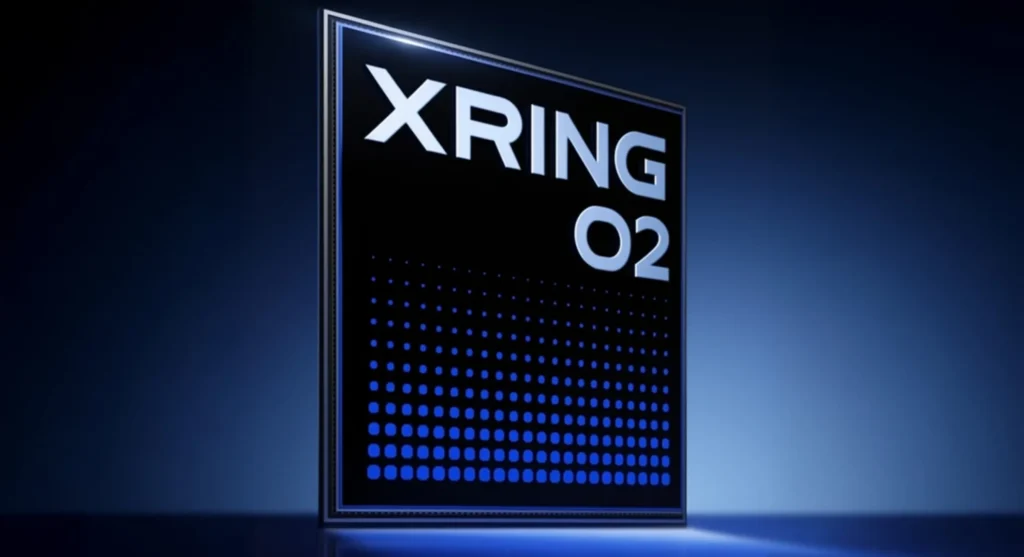
Xiaomi’s Next Big Leap: The Revolutionary XRING O2 Chip is Almost Here!
Get ready, fellow tech lovers! Xiaomi, a brand we all know and adore for making awesome tech accessible, is gearing up to drop something seriously game-changing. We’re talking about their brand new XRING O2 chip, an upgraded version of their already impressive O1. Leaks and social media buzz suggest this bad boy is set to debut in a device that could totally shake up how we experience our tech. While Xiaomi’s keeping some secrets, the excitement is palpable!
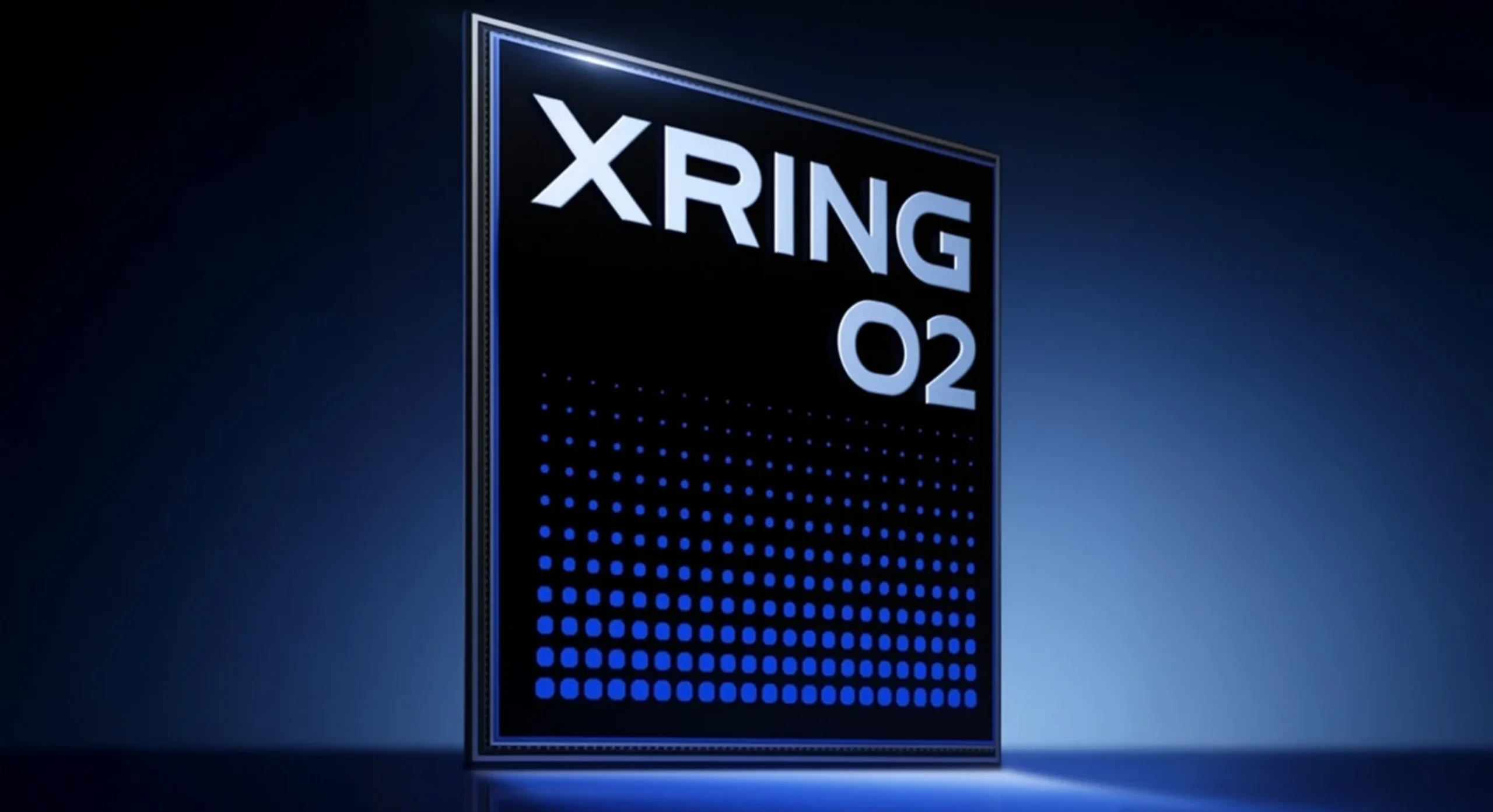
What’s the Big Deal with XRING O2?
So, what’s the scoop? From what we’re hearing on platforms like Weibo and from the tech rumour mills, the XRING O2 isn’t just for your next smartphone. Nope, Xiaomi’s aiming for something much bigger. This chip is designed to be a true all-rounder, powering everything from your trusty smartphone and tablet to your sleek smartwatch, and even – get this – electric vehicles like the upcoming Xiaomi SU7 and YU7!
This is a pretty bold move, right? The idea is to have one core processor that can seamlessly work across all of Xiaomi’s different product categories. Imagine your phone talking to your car, or your watch syncing effortlessly with your tablet – all thanks to this one adaptable chip. It’s all about creating a super connected Xiaomi ecosystem where everything just works together.
Under the Hood: Performance Powerhouse
Now, let’s talk tech specs, but keep it simple. The XRING O2 is apparently being built by TSMC, using their cutting-edge 3nm N3E process. What does that mean for us? Significantly better performance and, crucially, improved battery life compared to the XRING O1. Remember the O1? It was already holding its own against heavyweights like the Snapdragon 8 Elite and Dimensity 9400.
While we don’t have the nitty-gritty details on core counts or clock speeds yet, we’re expecting it to stick with the advanced ARM architecture. A big hope is that they’ve ironed out some of the kinks from the O1, especially in the graphics department. You know, that SLC cache issue that sometimes impacted gaming performance? Fingers crossed, the O2 will tackle that head-on.
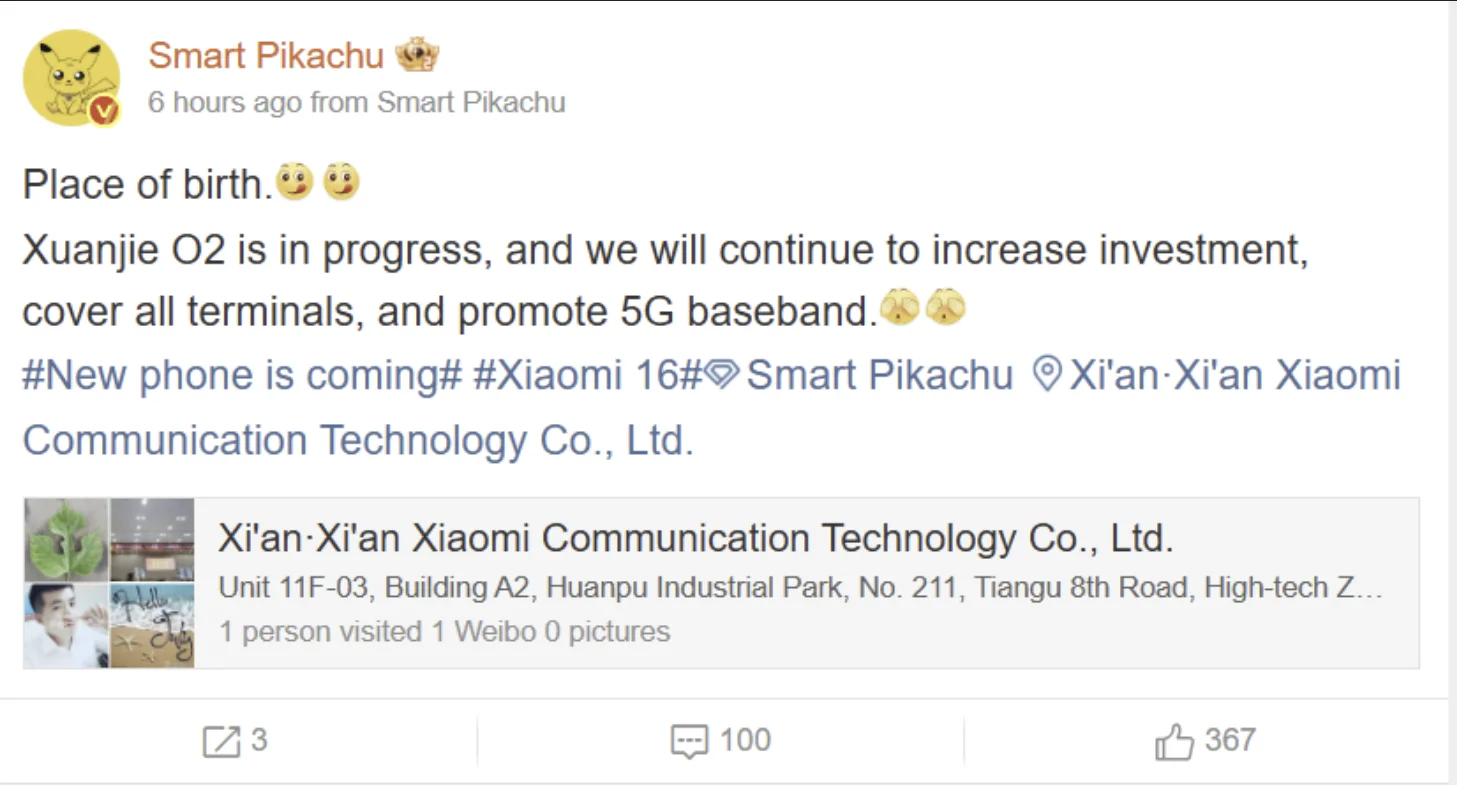
Where Will We See the XRING O2 First?
This is the million-dollar question, isn’t it? Xiaomi hasn’t officially spilled the beans on the very first device to rock the XRING O2. However, the smart money is on a new flagship phone, perhaps part of the upcoming Xiaomi 16 series. But the real game-changer could be seeing it debut in one of their electric vehicles. Think about the possibilities: an in-car infotainment system that’s as smooth and intuitive as your Xiaomi phone. This multi-platform approach is key to Xiaomi’s vision of a unified user experience, making data syncing, settings, and interfaces consistent across your entire digital life.
Potential Specifications (Based on Rumours)
| Feature | XRING O1 (Previous Gen) | XRING O2 (Expected) |
|---|---|---|
| Manufacturing | TSMC (Process TBD) | TSMC (3nm N3E) |
| Performance | Competitive | Significantly Improved |
| Power Efficiency | Good | Enhanced |
| GPU | Functional | Optimized (Potential Fixes) |
| Cache | Lacking SLC | Expected SLC Cache |
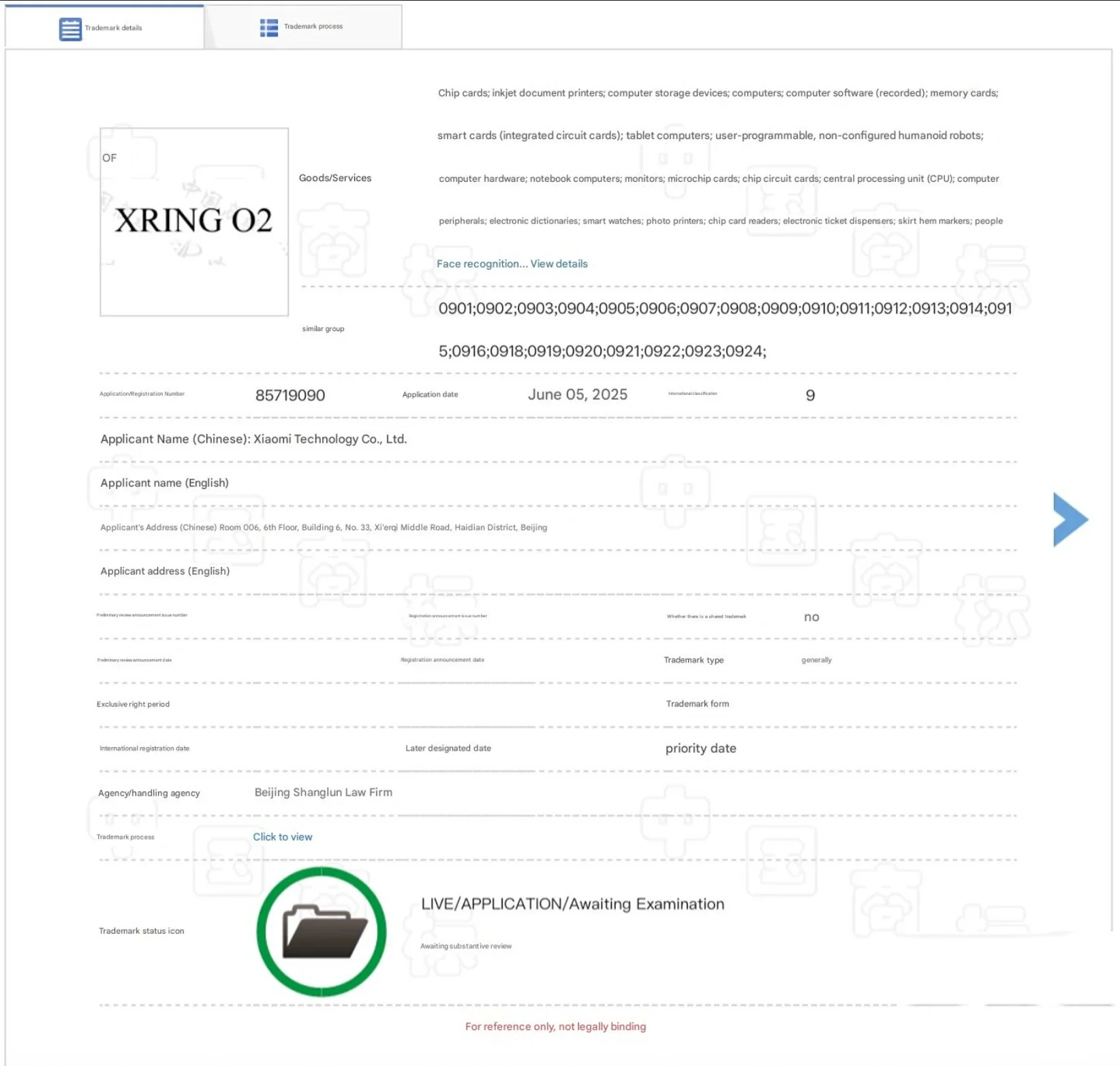
Navigating the Road Ahead
Of course, it’s not all smooth sailing. We know that global tech supply chains can be tricky, and there are ongoing international trade considerations that might affect access to the very latest chip design tools. This could be a hurdle for future advancements, like adopting 2nm processes. However, the solid partnership with TSMC and the valuable experience gained from the XRING O1’s development (slated for a May 2025 release) puts Xiaomi in a strong position. They’re serious contenders in the semiconductor race.
The Future is Interconnected
The launch of the XRING O2 is more than just a new chip; it’s a testament to Xiaomi’s commitment to technological self-sufficiency and innovation. With a massive investment of over 50 billion yuan poured into chip research and development, Xiaomi is clearly aiming to go toe-to-toe with giants like Apple, Huawei, and Samsung. The world is eagerly waiting to see which device will first showcase the power of the XRING O2. One thing’s for sure: it’s set to be a landmark moment for the Xiaomi brand.
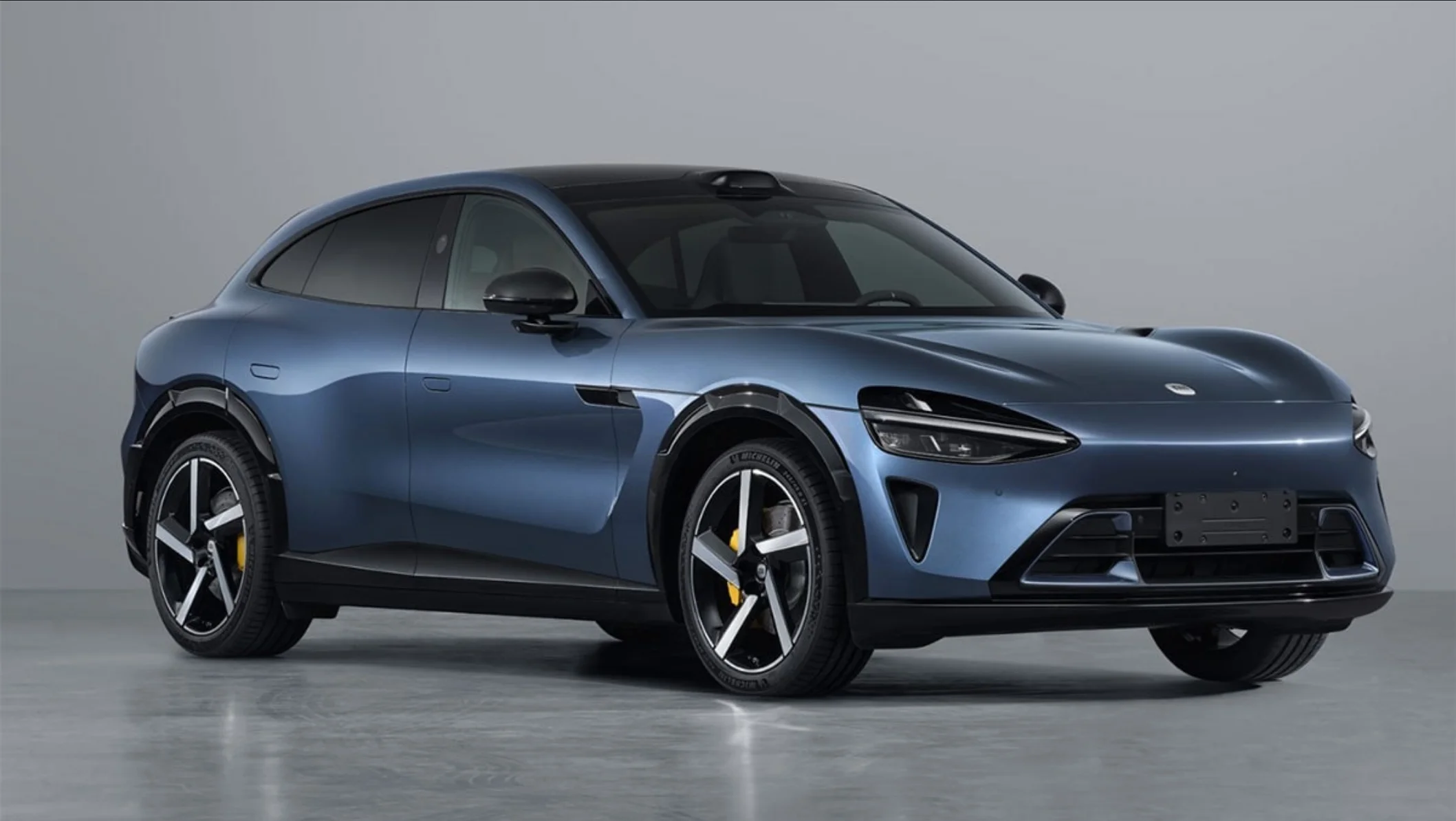
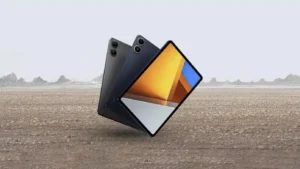


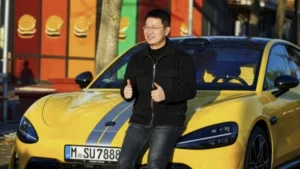
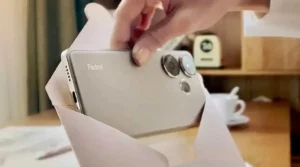

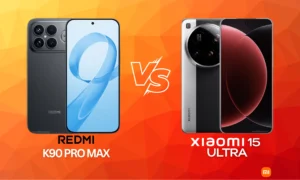
2 thoughts on “Xiaomi’s XRing O2 Chip: Powering the Future of Tech”